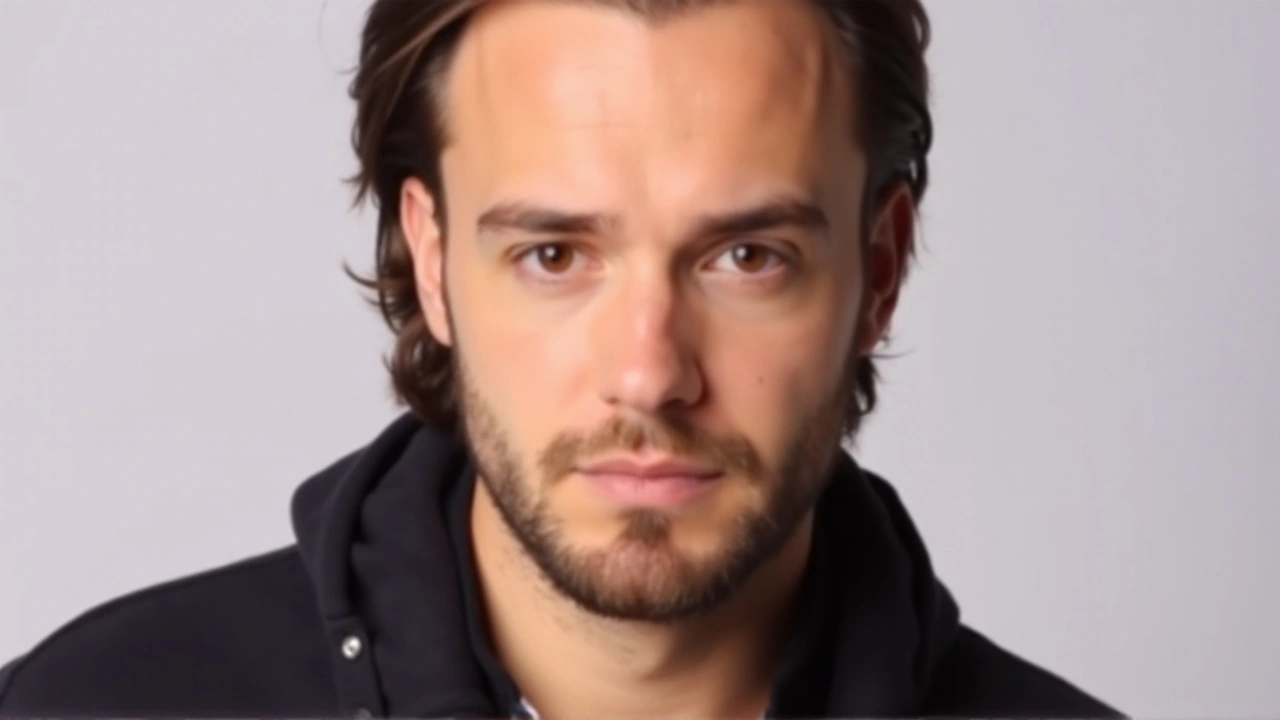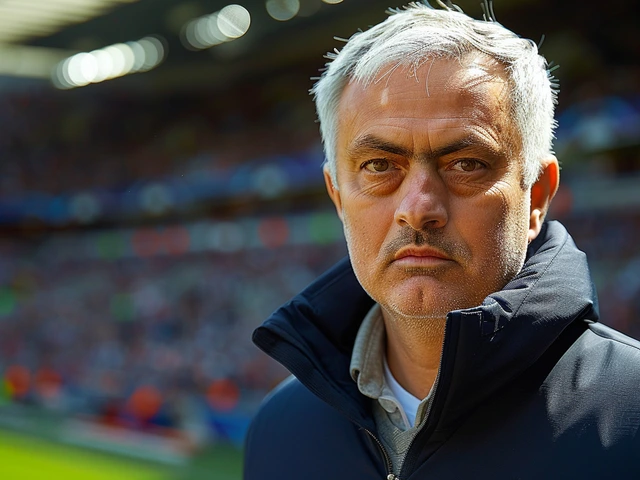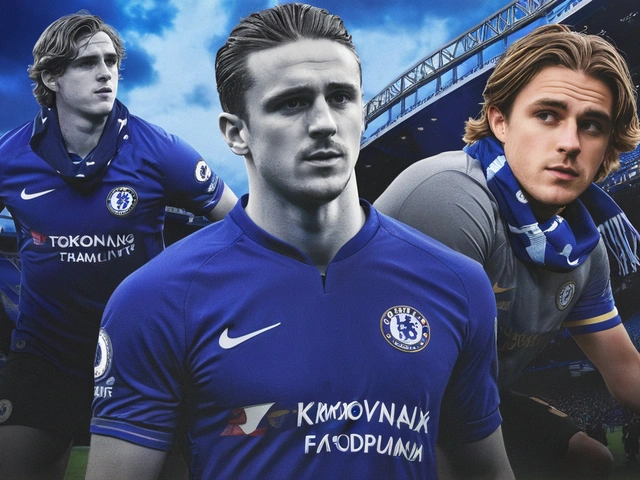
The Tragic Demise of Liam Payne: Substance Abuse Incident
It has been a month since the world lost Liam Payne, a talented artist who had rapidly skyrocketed to fame as a member of the globally acclaimed band One Direction. The unfortunate incident took place in a Buenos Aires hotel, where the singer fell to his death from a third-floor balcony. Argentine prosecutors recently revealed troubling details regarding his state before the fall. Analysis of his toxicology report indicated a lifestyle marred with polydrug consumption, specifically cocaine, alcohol, and an antidepressant, which affected him over the 72 hours preceding his death. These revelations add a somber layer to the narrative of his final moments.
Details of the Incident and Legal Implications
When Liam Payne was found dead on October 16th, an autopsy clarified the cause of his demise. He sustained numerous internal and external injuries, which led to his passing. According to the investigation, three individuals have been implicated in connection with his untimely death. Each is accused of various offenses that may have contributed to Payne's unfavorable circumstances. One individual, who was reportedly seen accompanying Payne during his entire stay in Buenos Aires, is facing charges for abandoning him in a compromised psychological and physical state and for providing him with narcotics.
Furthermore, a hotel employee has admitted to supplying Payne with cocaine on two separate occasions. Another person is alleged to have provided him with the drug merely two days before he fell. Importantly, prosecutors have dismissed any foul play involving self-harm or intervention by third parties. It is deemed that the injuries were consistent with those sustained from a fall, albeit in circumstances where Payne either lacked full consciousness or experienced significantly reduced awareness.
Payne's Background and Struggles
Payne's journey offers a poignant insight into the extraordinary pressures faced by artists who find fame at a young age. Born and raised in Wolverhampton, central England, Payne first entered the limelight when he auditioned for 'The X Factor' at the tender age of fourteen. Though his initial attempt was unsuccessful, his subsequent audition two years later led to his collaboration with Niall Horan, Harry Styles, Louis Tomlinson, and Zayn Malik. Together, they formed One Direction, a band whose music resonated globally, drawing millions of fans and selling over seventy million albums.
Such overwhelming success was not without its tribulations. Payne was transparent about his personal battles with substance abuse and the enormous stress that accompanied his youthful stardom. His struggles serve as a stark reminder of the darker side of the fame that was thrust upon young performers, often with little adequate support structures.
The Debate on Music Industry's Responsibility
In the wake of Payne’s passing, a profound debate has emerged over the music industry’s responsibility towards its young talents. This tragic instance magnifies the necessity for enhanced care and consideration of mental health within the entertainment sphere, especially for individuals who are thrust into public attention during vulnerable formative years. Payne’s experience is sadly indicative of a broader narrative, questioning whether sufficient safeguards and support mechanisms are in place to aid artists as they navigate the relentless demands of their careers.
As legal proceedings continue for those charged in relation with Payne's death, his loss resonates profoundly both within the industry and amongst his many fans. His surviving family, including his son Bear, must now contend with the void left by his departure. It is hoped that this tragic loss sparks actionable change, encompassing broader discussions about mental health awareness and intervention strategies, with the aim to protect future talents from the same fate.
The Continuing Legacy of Liam Payne
Endearing memories of Liam Payne persist strongly, unwavering amidst the tragic circumstances of his departure. Admirers and industry colleagues alike remember him not only for his singing prowess and vibrant performances but also for his forthrightness regarding personal struggles. His music and the memories he built continue to captivate fans who celebrate his life and creative contribution. As his story recedes into history, what remains is a palpable demand—not just to memorialize Liam as a legend in the music world, but as a reminder to prioritize the well-being of artists worldwide.





